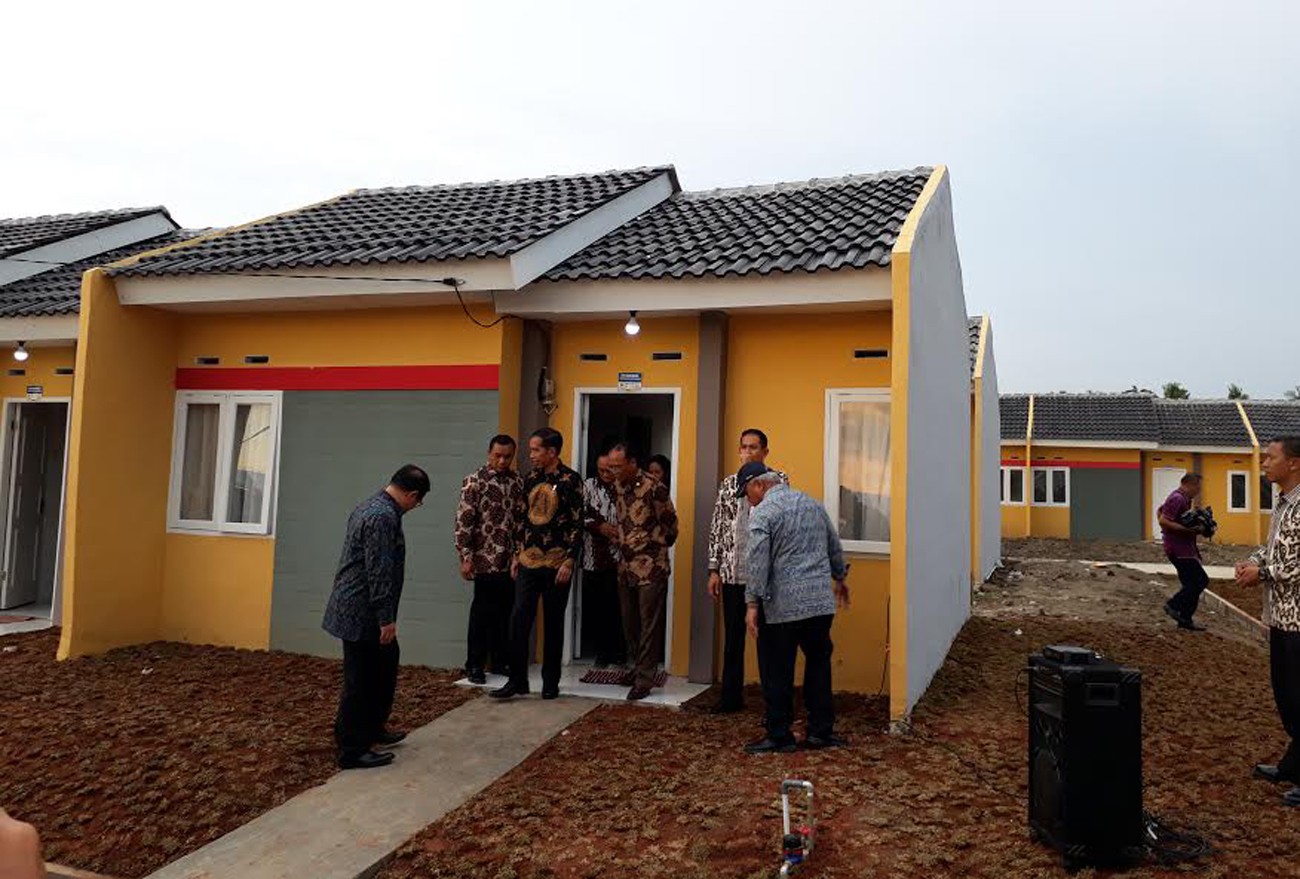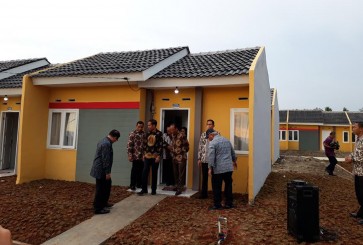Popular Reads
Top Results
Can't find what you're looking for?
View all search resultsPopular Reads
Top Results
Can't find what you're looking for?
View all search resultsLand banking: Solution for agrarian reform
According to the Ministry of Public Works and Housing, the housing backlog in Indonesia is as much as 13.5 million units.
Change text size
Gift Premium Articles
to Anyone
T
he backlog of public housing in Indonesia is relatively high. According to the Ministry of Public Works and Housing, the housing backlog in Indonesia is as much as 13.5 million units. This figure indicates that 13.5 million families do not have a place to live and/or permanent housing.
Even the latest data from stateowned housing developer Perumnas showed housing needs increase each year by about 800,000 units as a result of population growth and urbanization. On the other hand, the availability of residential housing supply for low-income communities is only 400,000 units per year, which means a shortage of 400,000 units per year. According to Central Statistics Agency (BPS) data, the province of Jakarta has one of the lowest home ownership rates at 51.09 percent.
One of the most urgent agrarian issues is uneven distribution of land, which has resulted in the emergence of slums. Jakarta is a clear example of this uneven land distribution. Sadly, slum areas located very close to or even beside a skyscraper such as a five-star hotel have become a common sight in Jakarta.
Five-star hotels rent land at Rp 3 to Rp 4 million per square meter, ideally holding two persons, while 20-square-meter houses in slum areas hold four to seven people. Of course, the situation has triggered many to question social justice in agrarian affairs.
The concept of a land bank is nothing new in the context of urban spatial planning. A land bank program was first implemented in St. Louis in the United States state of Missouri, under the St. Louis Land Reutilization Authority.
European countries such as the Netherlands, Switzerland, Sweden and others have also applied a land bank program. In Southeast Asia, Singapore and Thailand started implementing a land bank program several years ago.
The concept of a land bank arises from a government’s awareness in better regulating urban spaces, particularly in fulfilling the basic needs of urban populations, such as housing, public facilities and infrastructure.


















